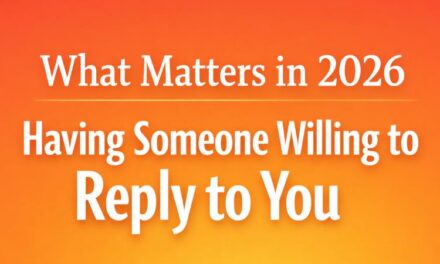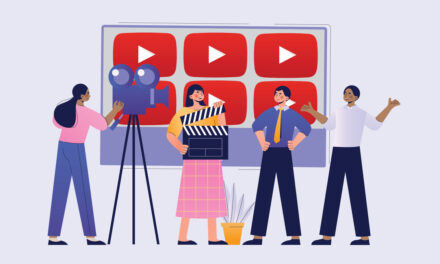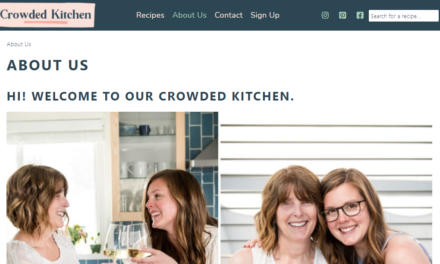You’ve downloaded a new app. Maybe it’s a casual game like Candy Crush or a nifty dating app.
You’re swiping through pics or crushing candy when a notification pops on screen. You’ve seen this before.
“Skip this level?”
“Looking for more connections?”
After whipping out your card and punching the info onto your phone, another message appears:
“Confirm in-app purchase?”
For mobile marketers, in-app purchases are a fantastic way to engage your users and provide them the content and bonuses they’re hungry for. In-app purchases function as the gift shop for your mobile app—and we love a good exit through the gift shop scenario. But you don’t want your users to exit, you want them to take advantage of what you have to offer!
You give them more of what they want, and in return, you continue to engage with your users as your app thrives!
A lot of ears perk up when the word “free” is thrown around. But the thing is, a lot of these users who flock to your “free” mobile app can turn around in an instant. They can uninstall your app the same day they download it because they didn’t have anything to engage with. Maybe the content was too boring or perhaps your service was only average.
To users, it didn’t make a difference if they deleted it, but slowly this drains the life out of your business.
In-app purchases are poised to be the top source of revenue for mobile marketers, so you need to capitalize.
Common Types of In-App Purchases
Let’s break down the four types of in-app purchases. They can range from buying new content, joining new services, or exploring special features you couldn’t get with the free version of the app. You can expect to see these types of in-app purchases in mobile games, e-commerce services, and mobile retail services, among others.
- Consumable purchases—If you need more collectible items or currency in a mobile game, you’ll run into consumable in-app purchases. These work best in free games, which attract a lot of users. Then, when a user comes across a moment where they’re looking for bonuses or extra credits to use in the game, an in-app purchase notification appears.
- Non-consumable purchases—These types of in-app purchases give exclusive features designed to enhance your experience with an app. Spotify and Pandora, for example, provide users with content for free and incentivize purchases through in-app notifications. As soon as the ad shows up on screen, a message nudges users that they can cut out all of the ads if they upgrade to the premium version of Spotify’s service. This is one of the most successful examples of an app converting freemium users into the paid premium model.
- Auto-renewable subscriptions—This in-app purchase gives you the ability to automatically charge users for their usage every period. Think of streaming platforms or news/content services. Netflix, for example, grants its users the ability to engage in auto-renewal subscriptions to watch the new movies, shows, and original content available to stream each month. Monthly recurring revenue is one of the most attractive business models to investors as well.
- Non-renewable subscriptions—If possible, these non-renewable subscriptions should be the in-app purchase strategy of last resort. As opposed to auto-renewable subscriptions, this in-app purchase offers limited access to content—for example, a paywall for one online course versus a monthly subscription. Here, users have to renew their service manually.
Freemium vs. Premium
In-app purchases benefit both the user and the app owner. Not only are they a grand source of revenue, but they’re wonderful ways to enhance the experience for the app users. And when they continue to complement the user experience, your loyal customers will trust your brand enough to tell their friends and family about it.
But to gain revenue, you have two choices for which type of app you want to employ.
Freemium
The freemium model is excellent for:
- Apps that are simple to use
- Apps that have a large potential market
- Apps that increase in usefulness with more users
The majority of apps within both the App Store and Google Play are offered for free. This model is popular for its ability to attract millions of users for free with the goal of converting many into paying customers.
Premium
Premium works best for:
- Apps with many features
- Apps with a niche market
- Apps with high operational costs
This model is a more traditional way to gain revenue in contrast to the freemium model, but it’s not as popular. That’s because app users have to already be committed to using the product. They must understand what the app’s value proposition is before downloading or else they likely will not pay in advance.
Top Ways to Promote In-App Purchases
Key things to keep in mind:
- Understanding what your customers really want
- Segmenting audiences
- Engage with your users
- Retargeting users for repeat purchases
- Presenting promotions for customers
- Avoid spamming your users with too many messages
Push Notifications
Push notifications are outstanding ways to engage with your users. Personal messages catered to your audience show them that you’re there to help and provide top-notch service.
But don’t make your push notifications random. Sending relevant push notifications to your users is a way to not only keep users engaged, but also to convert freemium users into customers.
In-App Messaging
In-app messages see engagement rates go up to 44% giving you the opportunity to convert these active users into paying customers. The best way to design your in-app messaging strategy is to make them personalized. It can be as simple as including their name in the message or sending them a note on their birthday.
Another in-app messaging strategy is to set customer journey triggers. These will fire messages to users based on specific in-app behavior so your users feel the prompt feedback loop of your communication.
Time Sensitive Offers
The fear of loss is greater than the desire for gain.
If you craft your users an offer equipped with a sense of urgency, you’ll see them outperform normal discounts. You can do this by sending them a promotion and mentioning that the discount will expire soon.
Put In-App Purchases to Work
These are just a few ways you can take advantage of in-app purchases in mobile marketing. Remember that they help both sides of the party. You gain more revenue, and your users enjoy a high-quality product that fits their desires, wants, and needs.
They’re on track to be the top source of monetization for mobile apps, so this is an essential strategy to master. Capitalize, and watch your business soar to new heights.






